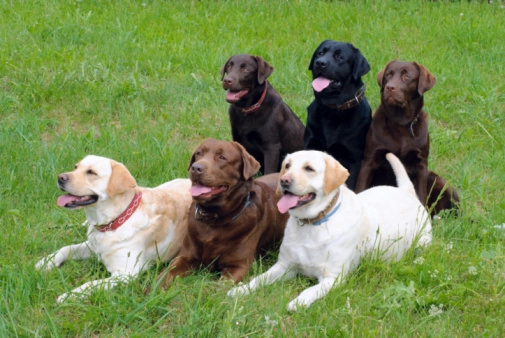An Introduction to Ear Infections in Dogs
These kind of infections, nowadays are widespread. Most dogs will suffer from this condition which will cause substantial agony to them, in any period in their whole life. Rubbing or scratching the ears on a constant level and canine shyness are the most common signs. The owner may stumble upon a strange pungent smell from the pet’s ears frequently.
Redness or swelling is also massive symptoms. Bacterias and yeasts infections are the most common form or causes of ear infections in older dogs. Ear mites are the prevalent cause of ear infections in young pups. The vet will collect samples from the ears and study them under the microscope. This will be done to identify the microorganisms present in the ears.
Otitis media and Otitis Medina
Otitis media refers to the inflammation or infection of the middle part of the ear. Interna refers to the inflammation or infection of the inner ear. Specific bacterial infections cause both the infections.
Which breeds are prone to the condition?
There are some breeds which have long ears and or excessive hair on the ears, even the races with erect ears are more susceptible to this condition. Some of these breeds are Labrador retrievers, a cocker spaniel; and springer spaniels have ears with the features mentioned above are more sensitive to this condition.
Signs
The signs are necessary diagnose Otitis media or Otitis interna. These mostly depend on how serious and grave the infection is. Indications are:
1.No visible symptoms can appear at all.
2.Some supposed nervous system involvement, and can trigger nerve issues.
3.The dog can dispose of minor to severe pain when it opens its mouth
4.The dog will suddenly become reluctant to chew its food
5.Will shake the head and dispose of canine shyness.
6.Pawing or whining in the affected ear(s)
7.Occasional tilting the head
8.The dog may lean to one side, that’s the affected ear
9.Vestibular deficits, or bending towards one side.
The dog may have got infected in both the ears. In that case, the dog will constantly swing its head. With things like wobbling body movement with uncoordianation.
Some other signs that are also normal to this condition include:
1.Vomiting
2.Constantly being nauseatic
3.Unequal pupil’s size
4.Sudden onset of redness of the ears
5..Ear discharge
6.tympanic membrane
If the nervous system gets damaged, the dog may dispose of signs like the inability to blink and even paralysis.
Diagnosis
Myringotomy is a great way to start the diagnostic process, for both the inner and the outer eyes. It is a technique in which the vet will insert a spinal needle into the eardrum membrane. Then the vet will extract middle ear fluid for examining in the microscopic level. This will rule out the possible presence bacteria or fungi. A cerebrospinal fluid in the skull, in which the brain essentially floats, urine analysis, blood tests, and CT scan or an MRI scans are also great options.
Treatment
If the condition becomes severe, then the owner will have to admit the dog in the hospital probably. Otherwise, the owner can provide the treatment at home after consulting a vet. Antiviral drugs will come to the rescue.
Prevention
Regular cleaning including a gentle vet acclaimed ear cleaner will reduce the frequent occurrence of ear infections in dogs. Frequent grooming appointment and cleaning the dog’s ears after a bath will prevent a possible infection in the future. The vet will have to identify the underlying cause s which may be bothering the dog’s ears, The dog’s ear canal can become moist and dampen from the accumulation of liquids, or grooming processes. This moisture will encourage the growth of microscopic organisms in the ear canal.
.png)





